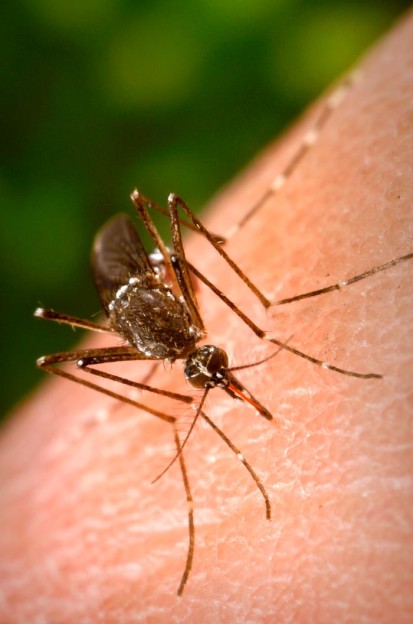Brazil health officials are warning (computer translated) the public of a big increase in dengue fever in the country during the first month of 2019.

Through Feb. 2, there was an increase of 149%, from 21,992 to 54,777 probable cases of the disease. The cases are at 26.3 per 100,000 inhabitants.
The Southeast Region reported 60 percent (32,821) of the total cases registered in the country in 2019 (54,777).
In addition, five deaths have been reported–Tocantins (1), São Paulo (1), Goiás (2) and the Federal District (1).
Two states had an increase of more than 1000 percent in the number of dengue cases. They are: Tocantins, with growth of 1,369%, going from 210 to 3,085 cases; and São Paulo with an increase of 1,072 percent, going from 1,450 to 17,004 probable cases.
In all of 2018, Brazil reported 264,262 probable cases of dengue, according to PAHO.

Dengue is a viral infection transmitted by the bite of an infected mosquito. There are four closely related but antigenically different serotypes of the virus that can cause dengue (DEN1, DEN 2, DEN 3, DEN 4).
- Dengue Fever (DF) – marked by an onset of sudden high fever, severe headache, pain behind the eyes, and pain in muscles and joints. Some may also have a rash and varying degree of bleeding from various parts of the body (including nose, mouth and gums or skin bruising).Dengue has a wide spectrum of infection outcome (asymptomatic to symptomatic). Symptomatic illness can vary from dengue fever (DF) to the more serious dengue hemorrhagic fever (DHF).
- Dengue Hemorrhagic Fever (DHF) – is a more severe form, seen only in a small proportion of those infected. DHF is a stereotypic illness characterized by 3 phases; febrile phase with high continuous fever usually lasting for less than 7 days; critical phase (plasma leaking) lasting 1-2 days usually apparent when fever comes down, leading to shock if not detected and treated early; convalescence phase lasting 2-5 days with improvement of appetite, bradycardia (slow heart rate), convalescent rash (white patches in red background), often accompanied by generalized itching (more intense in palms and soles), and diuresis (increase urine output).
- Dengue Shock Syndrome (DSS) — Shock syndrome is a dangerous complication of dengue infection and is associated with high mortality. Severe dengue occurs as a result of secondary infection with a different virus serotype. Increased vascular permeability, together with myocardial dysfunction and dehydration, contribute to the development of shock, with resultant multiorgan failure.
Related:
- Costa Rica investigates imported measles case, 1st since 2014
- Chagas disease: Two dozen cases reported in Yucatan state, Mexico in one week
- Venezuela: Malaria cases top 1.3 million in 2018, according to Global health organizations
- Colombia: ‘Dengue epidemic this year could reach 120,000 cases’
- Malaria in Venezuela: ‘It’s prohibited to list malaria as a cause of death’
- Argentina: Hantavirus outbreak prompts travel alert

